Madrid Terraces | donQuijote
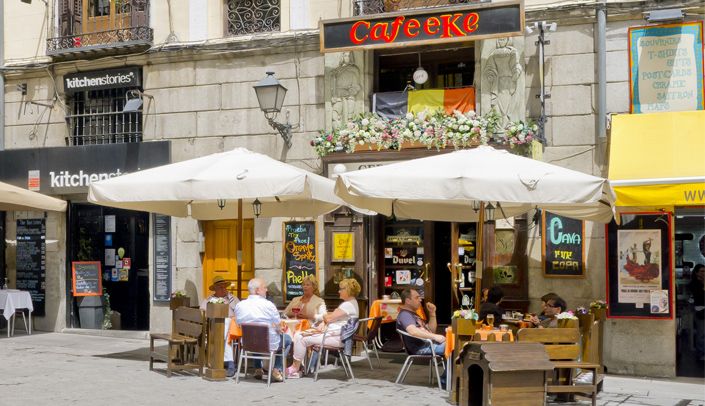
They say that in the late-nineteenth-century two cafés on Matheu Street, France and Paris, competed to attract the most customers. The manager of the first one came up with something simple to have more clientele despite the small size of the local: take out several tables into the street. The manager of the second café wasted no time in imitating him.
You’ll see if the initiative was successful walking through any street in Madrid on a hot summer’s day. A few meters on you will surely find a bar that has placed several tables and chairs on the sidewalk, inviting you to sit down and order a refreshment or a beer. You have reached one of the city’s many terraces.
Trying to define or classify the terraces of Madrid is impossible. What we can say is that the terrace has the "philosophy" of the bar that owns it. There are ones that give you great tapas, others that only offer a small bowl of peanuts to accompany your drink, those in which a waiter saturated with orders can take a lifetime to bring you the check, ones in which the waiter treats you as if you were the only customer... and we have even come to know some where they’ll take the glass out of your hands if its past closing time.
What is usually common to all of them is an increase in the price. This hike may be a small percentage of the total amount or a fixed amount of cents per customer seated at the table.
Terrace in a historical monument atmosphere of old Madrid
Terraces are the ideal place to chat with friends or try the local specialties. But what happens when it comes to an ornately designed one? Until recently the terraces of the simpler bars and those with more class hardly differed: round, chromed chairs and tables. So, one couldn’t enjoy the atmosphere or decoration of a café or – say the gossiping tongues - justify the raise in prices.
These days many locales have turned their terraces into areas with a studied aesthetic and distinct decoration. Some good examples can be found in streets such as Ponzano and Paseo de la Castellana or neighborhoods like Chamberí, La Latina and Malasaña (the latter, by the way, very close to our Spanish school in Madrid).
Others have gone a step further and have adapted patios, rooftops and even gardens creating the concept of a "secret terrace", successful because it unites the best of several worlds: the intimacy of an interior space, the design as an extension of the locale and the pure taste for exclusivity. Some are in places as atypical as the top floor of an accessories’ shop (Tienda Salvador Bachiller, Calle Montera, 37), in the headquarters of the Official College of Architects of Madrid (Colegio Oficial de Arquitectos de Madrid, Calle Hortaleza, 63) or the rooftop of the Fine Arts Circle (Círculo de Bellas Artes, Calle Alcalá, 42). Although our favorite "atypical" terrace is still the garden of the Romantic Museum (Museo Romántico, Calle San Mateo, 13), a true jewel of the 19th century!
However, if you want to have a little of each - good prices and a designed environment - we recommend you walk around and remember the names of the squares. It's for sure that one, two or more bars have established their terrace there. Good examples of this? La Plaza del Dos de Mayo, la Plaza de Olavide, la Plaza de la Platería de Martínez and the Plaza de Santa Ana.
As you can see, there are terraces for all tastes, budgets and even for all types of conversations. And it’s no exaggeration. We can guarantee that during your stay you will be able to have something in one - or several - different terraces every day.

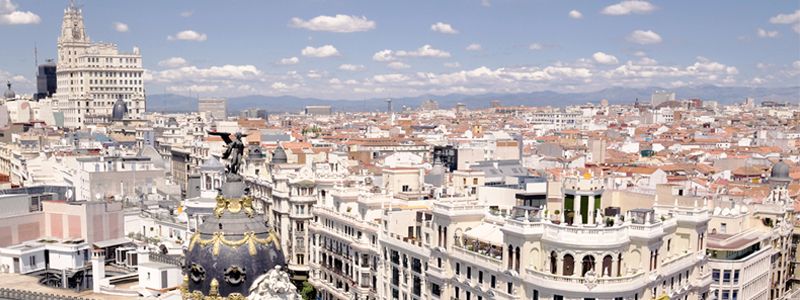
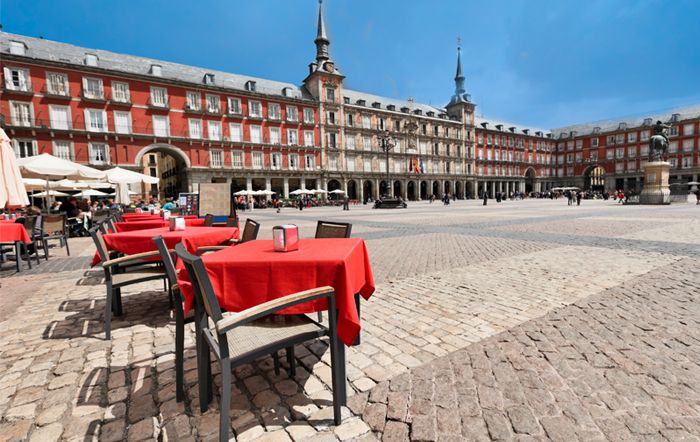


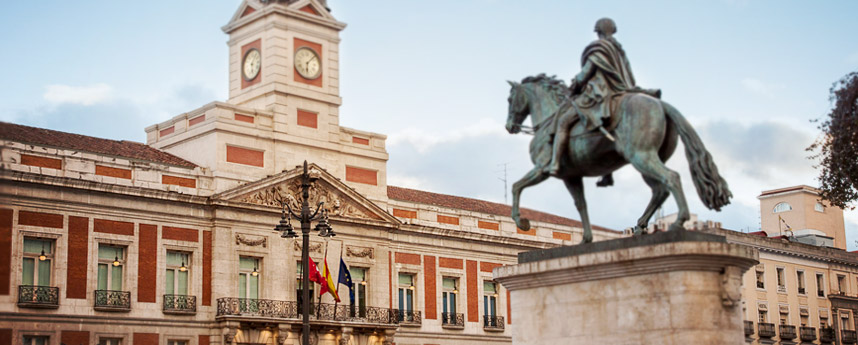
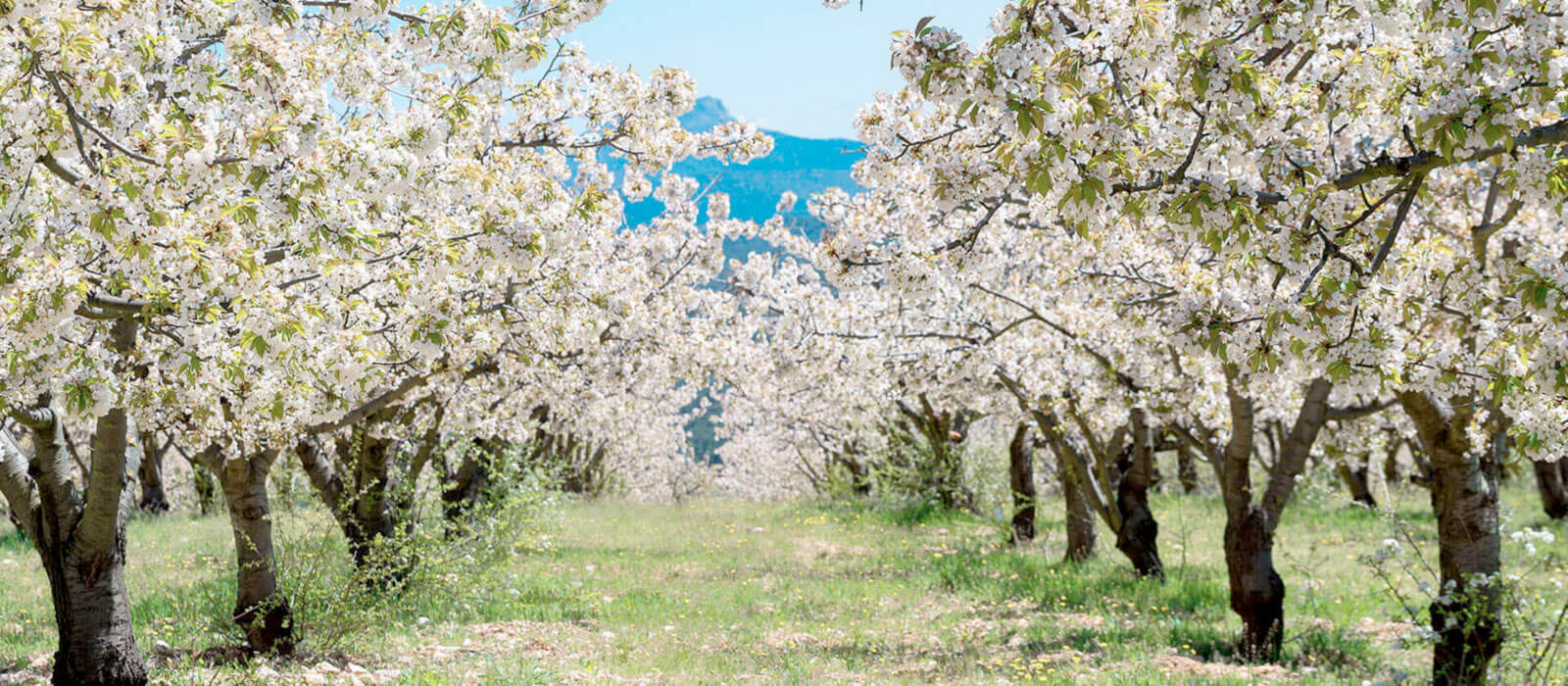
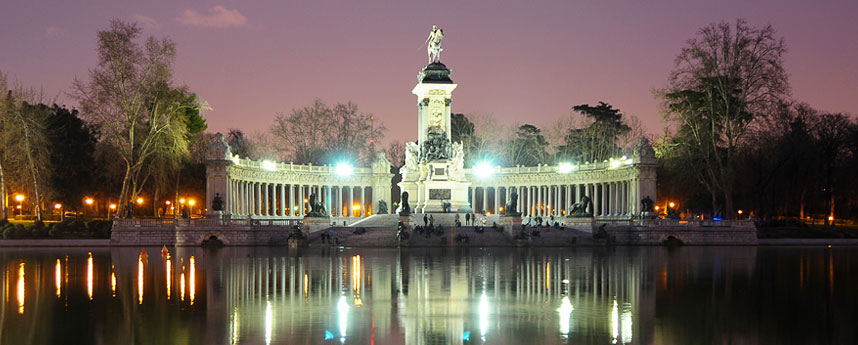

 1. Rock n' Roll Madrid - Athletics (April)
1. Rock n' Roll Madrid - Athletics (April)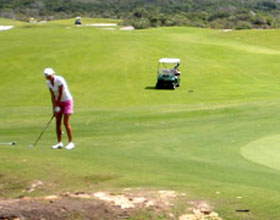 2. Open de España - Golf (April/May)
2. Open de España - Golf (April/May)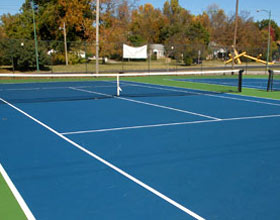 3. The Mutua Madrid Open - Tennis (May)
3. The Mutua Madrid Open - Tennis (May) 4. Spanish Formula 1 Grand Prix - Auto racing (May)
4. Spanish Formula 1 Grand Prix - Auto racing (May) 5. Red Bull X-Fighters International Frestyle Motocross - Motocross (July)
5. Red Bull X-Fighters International Frestyle Motocross - Motocross (July) 6. Descenso del Sella - canoeing (August)
6. Descenso del Sella - canoeing (August)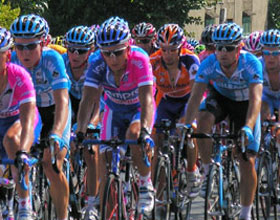 7. Vuelta a España - Cycling (August - September)
7. Vuelta a España - Cycling (August - September) 8. 2014 FIBA World Cup - Basketball (August 30 - September 2014)
8. 2014 FIBA World Cup - Basketball (August 30 - September 2014) 9. La Liga - Football (August - May)
9. La Liga - Football (August - May) 10. 2014 ISAF World Championships - Sailing (September)
10. 2014 ISAF World Championships - Sailing (September)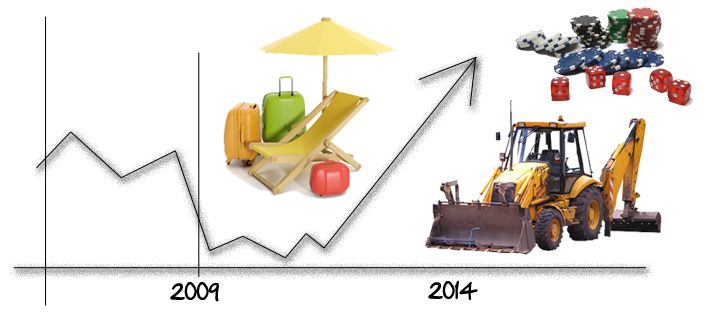
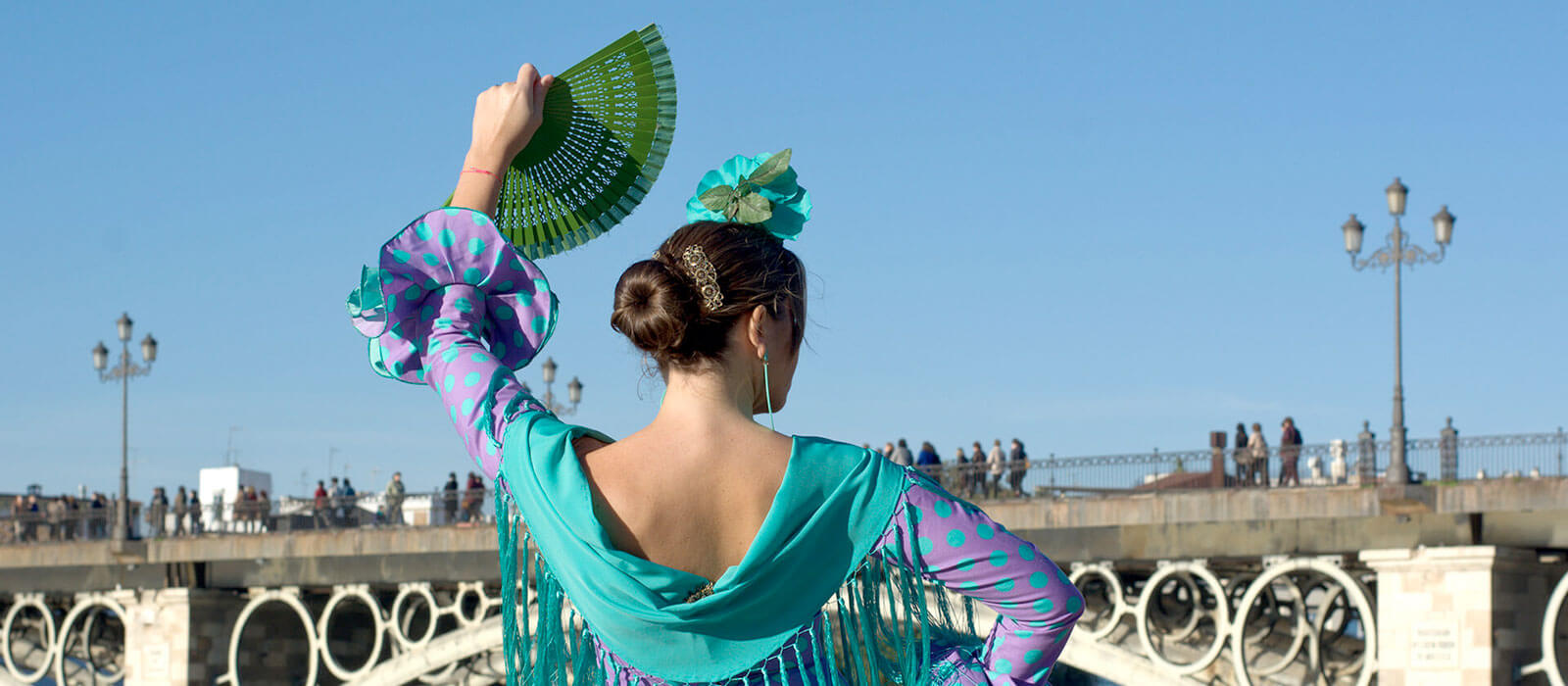
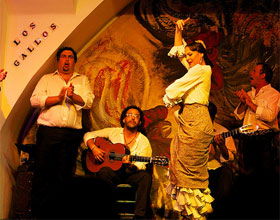 1. Seville
1. Seville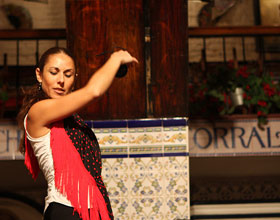 2. Madrid
2. Madrid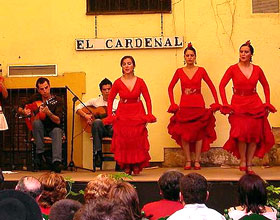 3. Cordoba
3. Cordoba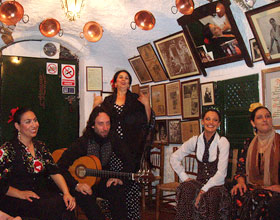 4. Granada
4. Granada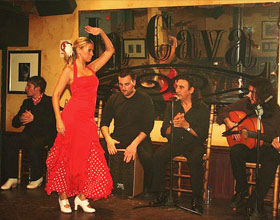 5. Cadiz
5. Cadiz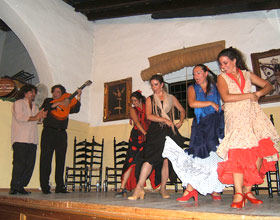 6. Jerez de la Frontera
6. Jerez de la Frontera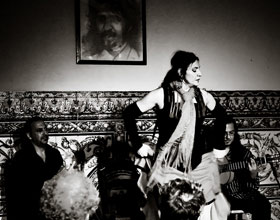 7. Malaga
7. Malaga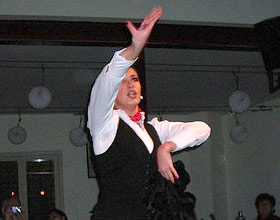 8. Barcelona
8. Barcelona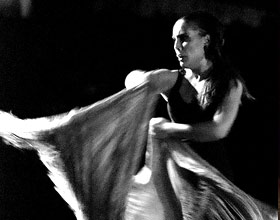 9. Jaen
9. Jaen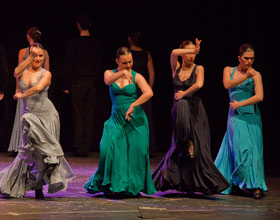 10. Murcia
10. Murcia